10 Steve Ditko Collections Every Comic Book Fan Should Read
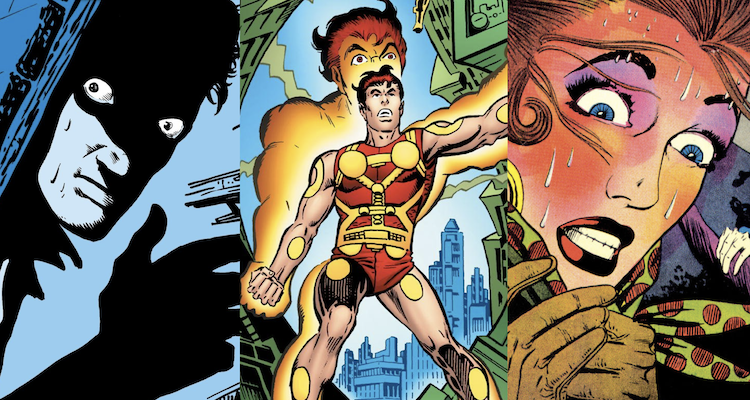
Doctor Strange In The Multiverse of Madness and Spider-Man: No Way Home have more in common than both being in the top 10 grossing films of 2022. Both films feature characters created and designed by Steve Ditko; one of the most creative artists ever to grace the comic books medium.
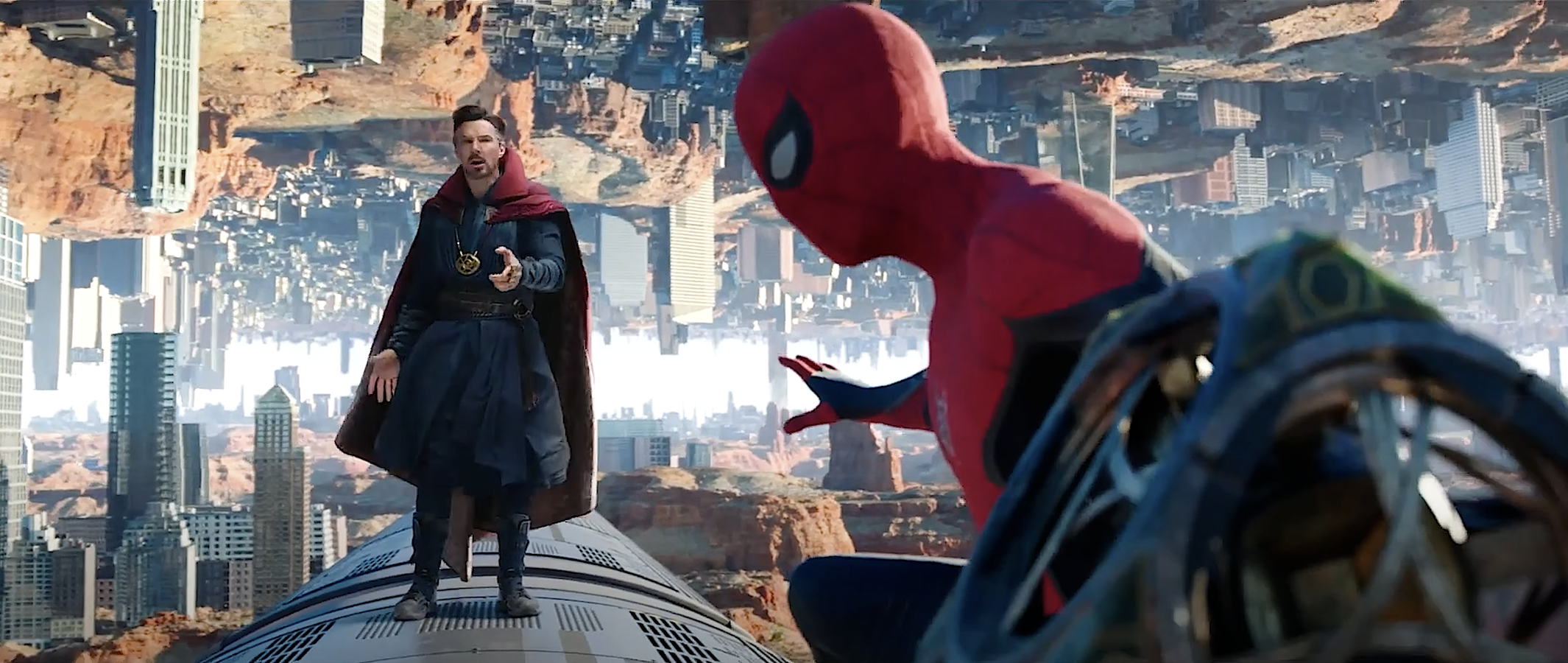
Source: Spider-Man: No Way Home (2021), Sony Pictures Entertainment
Ditko was a true innovator in the field, more than a draftsman, not merely one of the many comic book artists who can copy others’ creations and styles. He drew character designs, science fiction, and horror concepts like none had ever seen. His art is noted for having a visceral quality, something disturbing emotionally, which is impossible to forget once you’ve seen his work.
Starting with short comics in the 1950s, and continuing to produce independent works with his publisher Robin Snyder via Kickstarter through his death in 2018, the renowned writer and artist had a long and thriving career.
Ditko was notorious for refusing interviews, publicity, and conventions, however, creating an air of mystery around a man who wanted to be known for the quality of his work and not any cult of personality surrounding him.
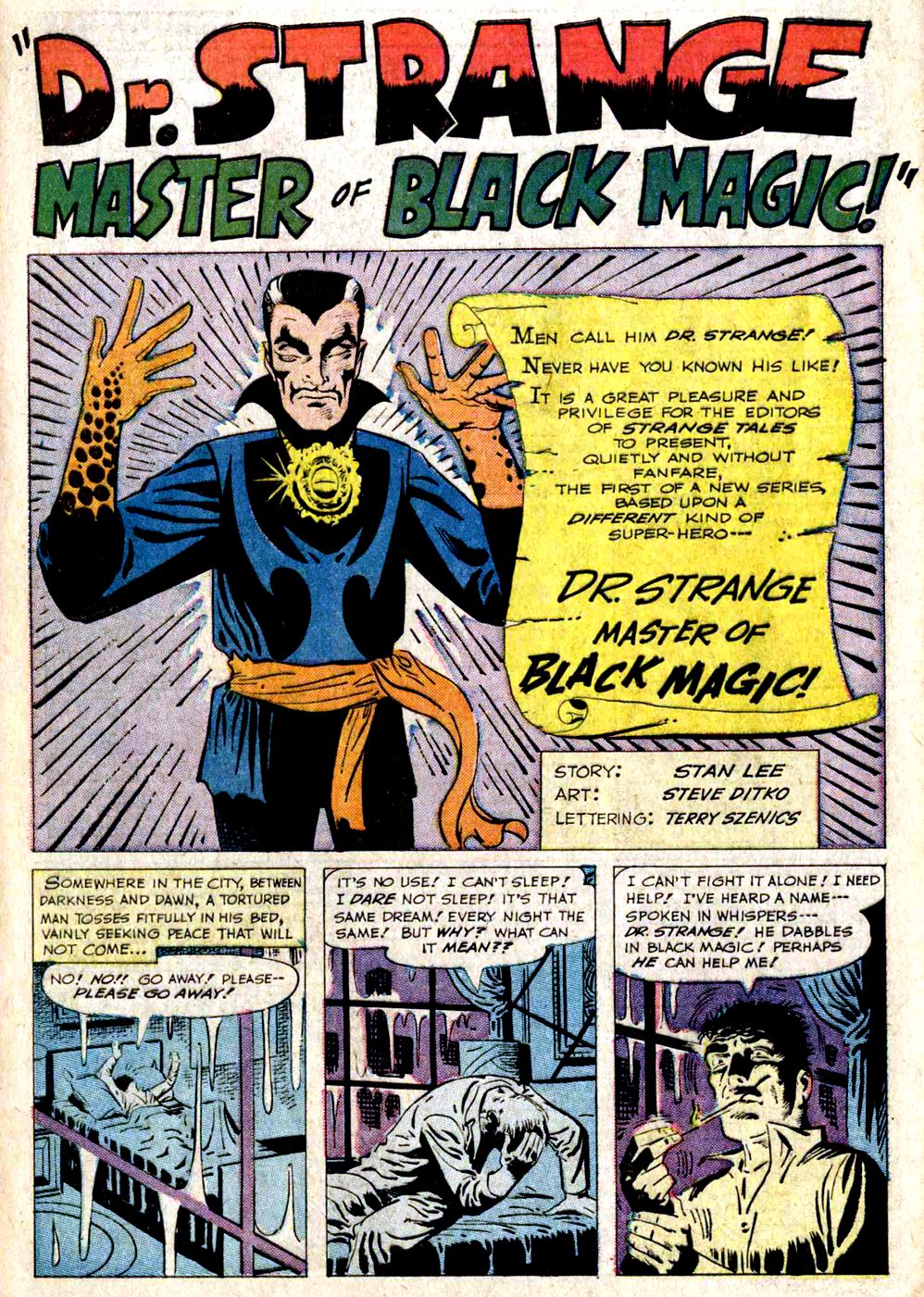
Source: Strange Tales Vol. 1 #110 “Doctor Strange Master of Black Magic!” (1963), Marvel Comics. Words by Stan Lee, art by Steve Ditko.
Steve Ditko has made several creations that stand out compared to other artists, some of which may be familiar to readers, and others offer a completely new experience in comic reading.
For the reasons listed above, the following are the top ten collected editions of Ditko work no comic book reader should miss out on.
#10: A Touch Of Genius
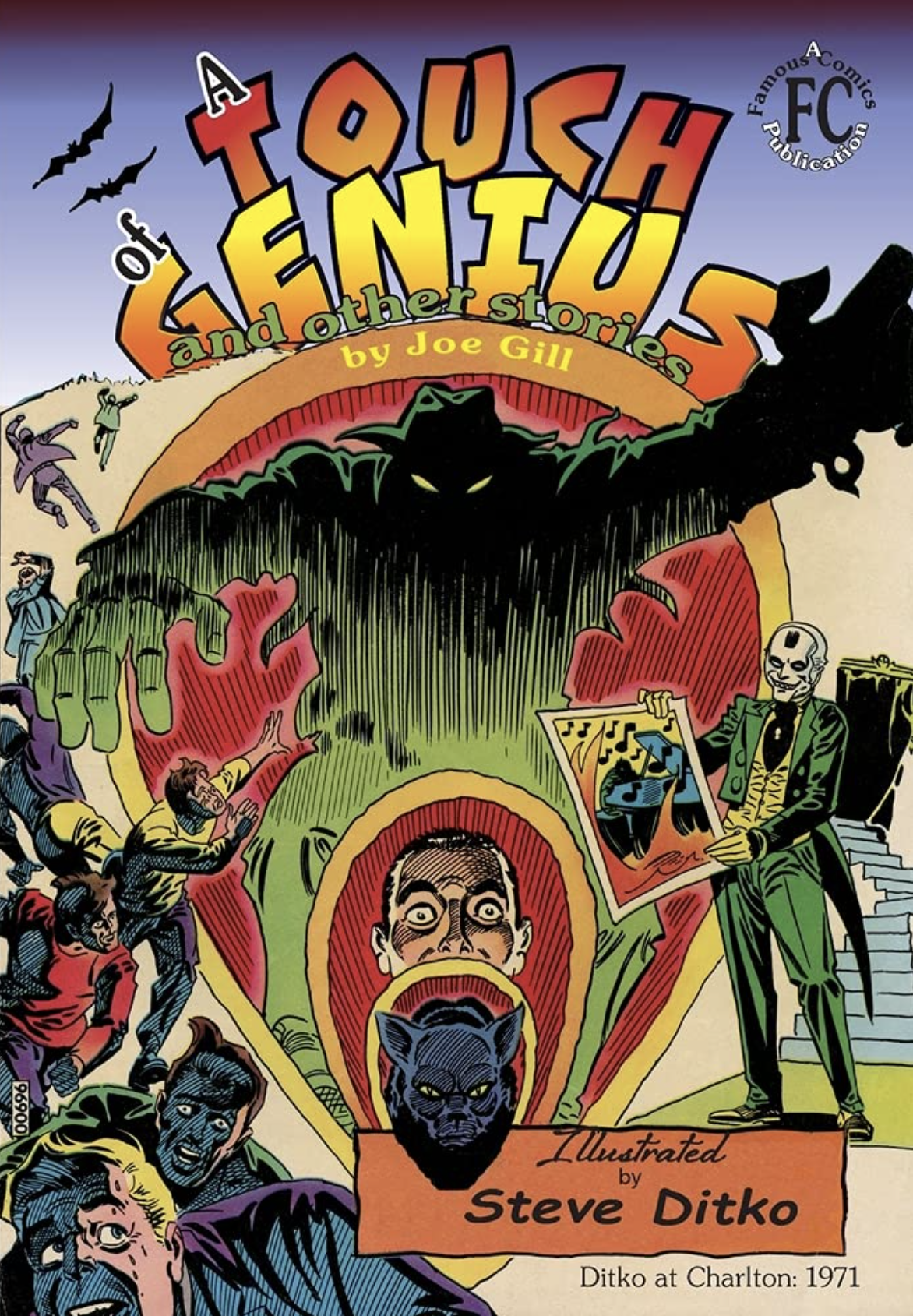
Source: A Touch of Genius and Other Stories (1971), Charlton Comics. Words by Joe Gill, art by Steve Ditko
This recent offering collects all of Steve Ditko’s 1971 short comics for Charlton Comics. Up until this release, there have been very few collected editions of Ditko’s shorts outside of the 1950s.
A Touch Of Genius shows how much Ditko progresses as an artist as he makes his way into his second decade of comic work. With the stories written by industry veteran Joe Gill, there is much fun to be had across these tales that have been overlooked through time.
#9 The Steve Ditko Omnibus Volume 1 (DC Comics)
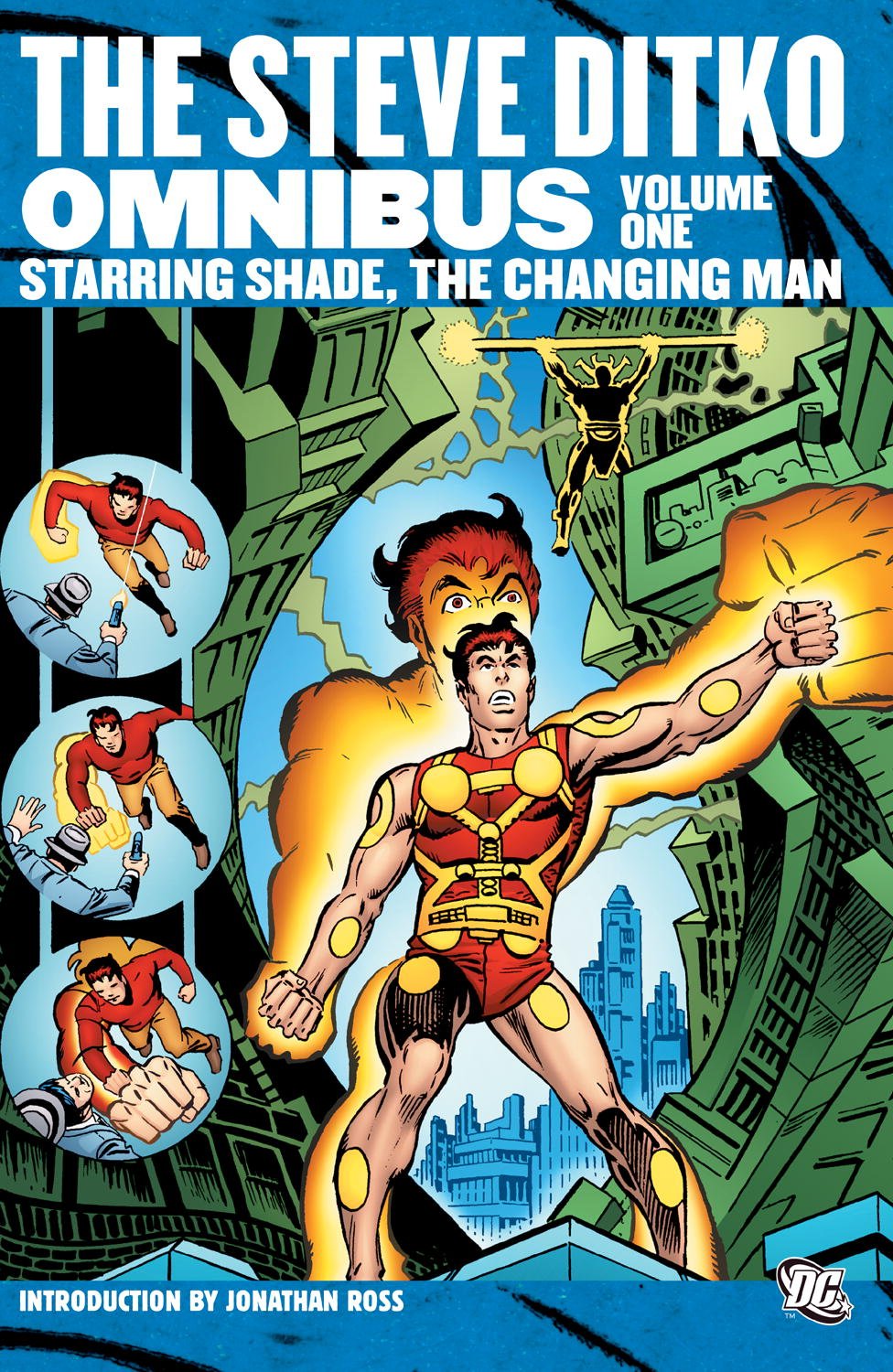
Source: The Steve Ditko Omnibus Volume One (2011), DC Comics
In 2011, DC Comics published a series of two omnibus editions of Ditko’s work for the company. Though not completely comprehensive, it covers much of the work Ditko did up through the 1970s. This volume features a masterpiece of science fiction and superhero mashed together in Shade, The Changing Man.
The unique designs and psychedelic sci-fi atmosphere provides for an amazing read, and if that were all that was collected it would make this worth owning. Ditko also has several short comics from House of Mystery, House of Secrets, Weird War and other DC anthologies, as well his work on a 4-issue sword and sorcery series, Stalker, which is some of his best work.
#8 Marvel Masters of Suspense: Stan Lee & Steve Ditko Omnibus Vol. 2
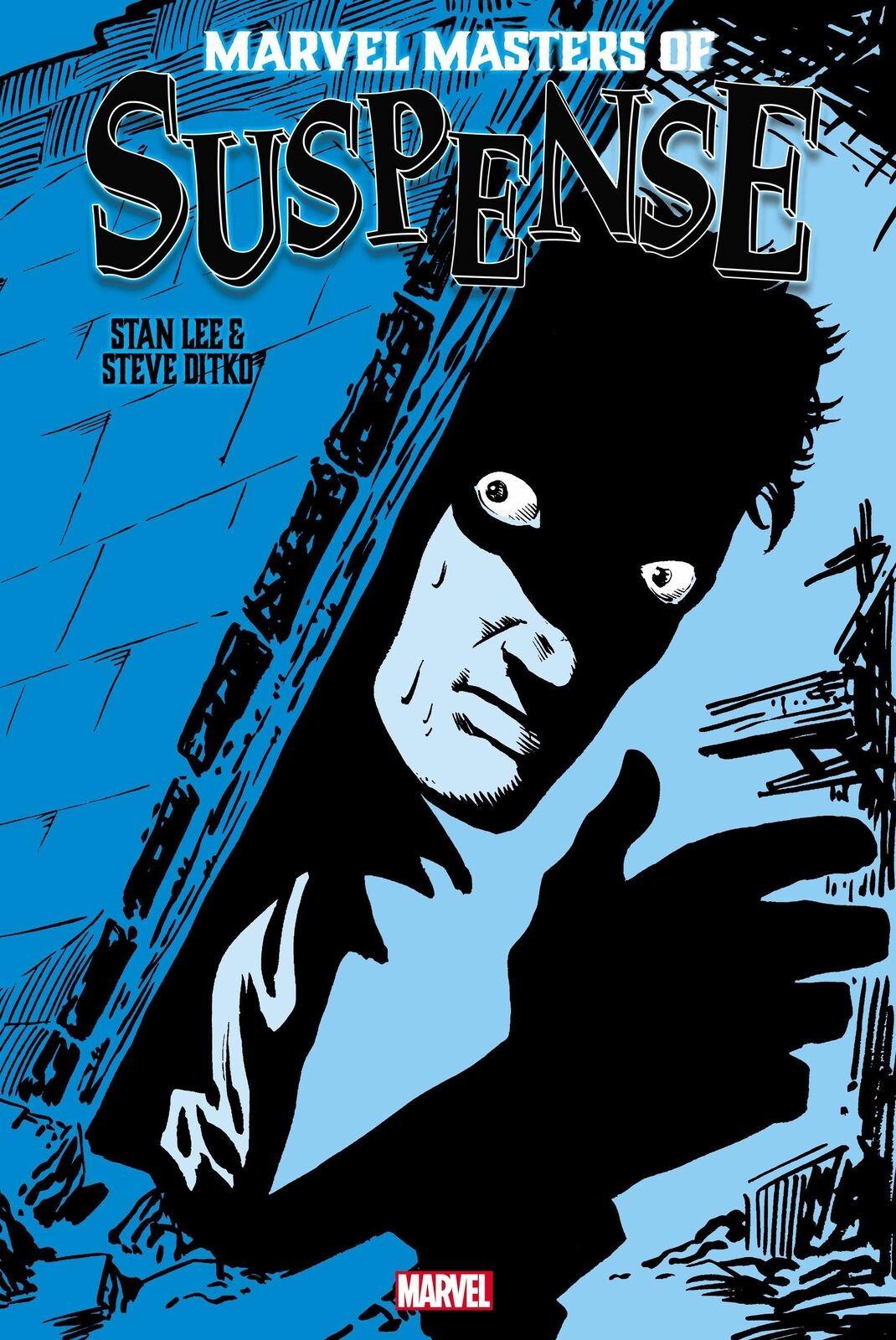
Source: Marvel Masters of Suspense Stan Lee & Steve Ditko Omnibus Vol. 2, Marvel Comics
Marvel’s Masters of Suspense is a two omnibus set featuring Ditko’s short comic work in Atlas and Marvel anthologies through the early 1960s. The set is comprehensive and the restoration of the colors is top-notch from Marvel.
Volume 2 is notable because Steve Ditko was given the book which became Amazing Fantasy over 15 issues to draw by himself, while most of the other books featured several artists.
Though issue 15 featured the first appearance of Spider-Man, Ditko’s other work in the series featured a more serious, adult tone than many Marvel comics at the time and are well worth a read.
#7: The Creeper by Steve Ditko
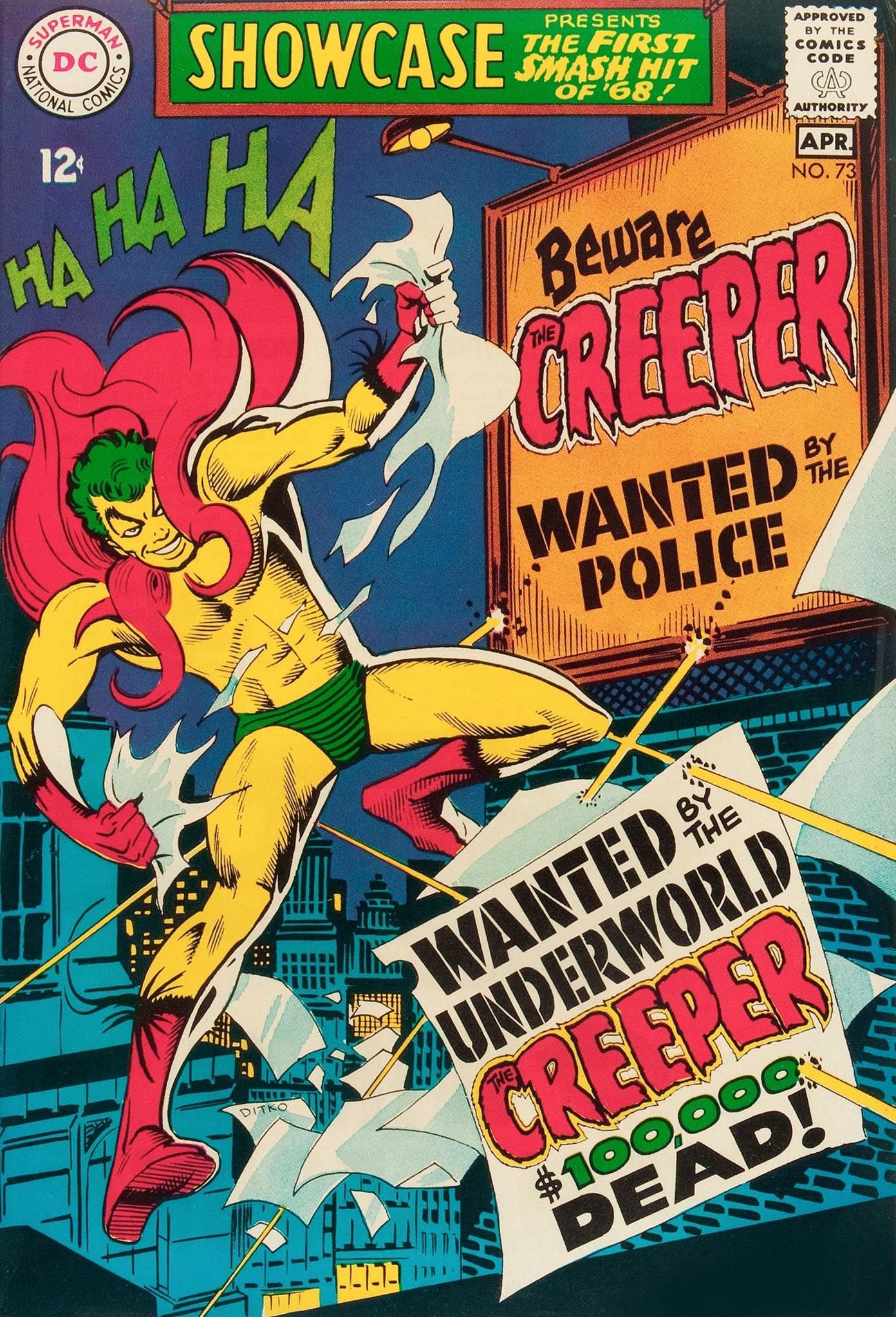
Source: Showcase #73 Beware the Creeper! (1968), DC Comics. Words by Steve Ditko & Don Segall. Art by Steve Ditko
The Creeper is a hero created by Ditko in the 1960s that doesn’t get much attention but is still a really interesting piece of work.
Jack Ryder is a talk show host who transforms into the Creeper due to an ability he gained from experimental science. The character has a, well, creepy design that could explain why it didn’t exactly catch on at the time, but it offers some of Ditko’s most entertaining storytelling of the period.
#6: Doctor Strange Omnibus Volume 1

Source: Doctor Strange Omnibus Vol. 1 (2016), Marvel Comics. Words by Stan Lee, Roy Thomas, Dennis Oneil. Art by Steve Ditko
Doctor Strange was Ditko’s whackiest creation at Marvel, so much so that Stan Lee warned readers in the letters pages that it came from the mind of Ditko and not him. Lee, notorious for taking credit for everything, wasn’t sure this would fly.
Ditko took over toward the end of the series, refusing to work with Lee at all even in the dialogue, leading to Strange travelling through different universes of pure psychedelic imagery which features some of his most beautiful art.
#5: Steve Ditko’s Static: The Definitive Edition

Source: Steve Ditko’s Static: The Definitive Edition (2022), SD Publishing
In the 1980s, Ditko created a new line of superheroes through Eclipse Publishing, which is when Static comes into the picture; one of the most bizarre designs the comics world has ever seen. The character is a research assistant to a scientist who dons a powered armor to protect the innocent.
Static often goes on objectivist rants which Ditko liked to place in his later work, and is definitely for more experienced readers. The comic book highlights Ditko’s creativity in his art and design.
#4: Strange Suspense: The Steve Ditko Archives Vol. 1
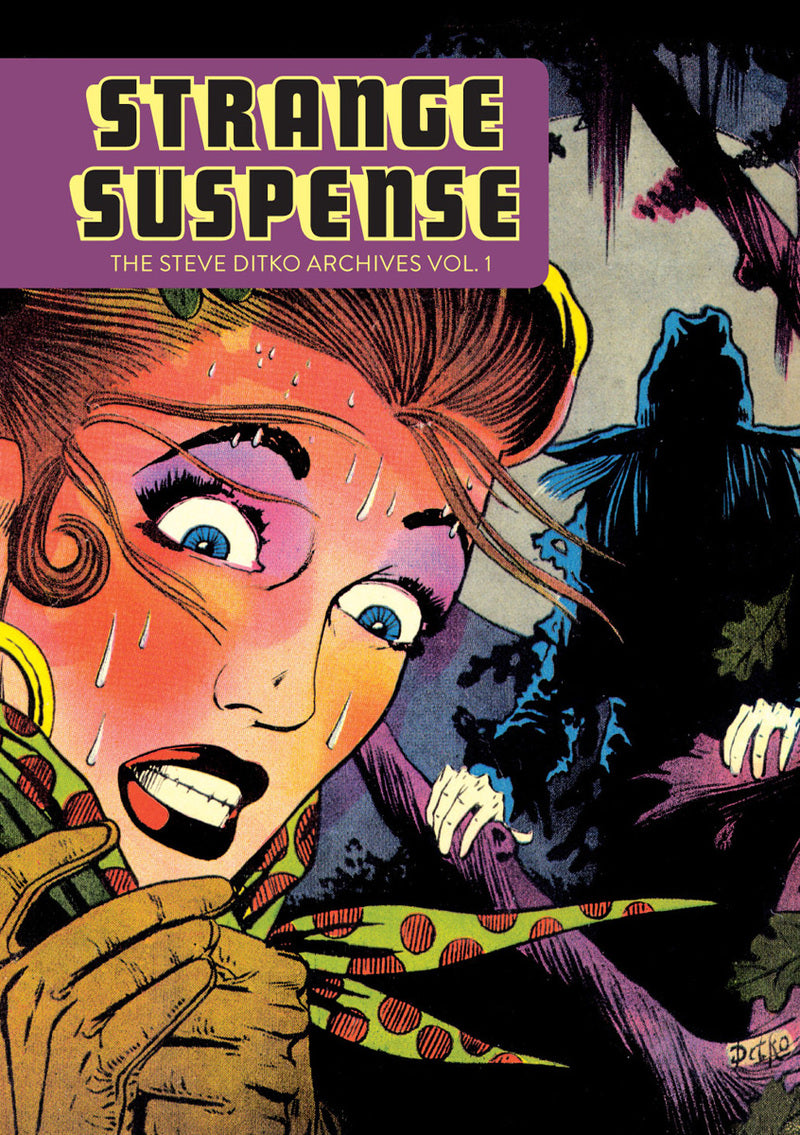
Source: Strange Suspense: The Steve Ditko Archives Vol. 1 (2014), Fantagraphics Books
Fantagraphics produced a set of 6 volumes of Ditko’s work, mostly from Charlton Comics, covering his 1950s short story work. This first volume features the Marvel legend’s work before the comic code was enacted.
Even though his style is rougher in this particular endeavor, it gives readers a sense of where Ditko got his start, and the pre-code stories offer a raw storytelling experience.
#3: Action Heroes Archives, Vol. 2

Source: Archive Editions: The Action Heroes Vol. 2 (2007), DC Comics
DC produced a 2-volume archive set of Ditko’s 1960s work for Charlton superheroes. Here Ditko created new versions of Captain Atom and The Blue Beetle, two characters that have been used in DC Comics for decades, as well as The Question; a very different character that began to show Ditko’s objectivist philosophy that would be later developed into Mr. A.
#2: The Avenging World: The Collected Mr. A

Source: Avenging World The Collected Mr. A (2021), SD Publishing
The Avenging World collects stories from Wally Wood’s Witzend and other Steve Ditko independently published efforts in the 1970s. Though there are many philosophical and political cartoons, the book collects all of the early appearances of Mr. A — Ditko’s objectivist hero who is a reporter that puts on a mask to fight against crime.
Mr. A’s philosophy is that there is good and there is evil, there is no in between, as such he treats criminals with contempt that most other heroes never touch upon. The name comes from Aristotle’s law of identity that A = A. Everything exists and has a specific nature.
As his best-known indie creation, Mr. A stems from logic and often goes on long tangents of philosophy, showing Ditko’s passion for his own philosophy; a passion he followed in his life and art.
#1: The Marvel Comics Library. Spider-Man. Vol. 1. 1962–1964
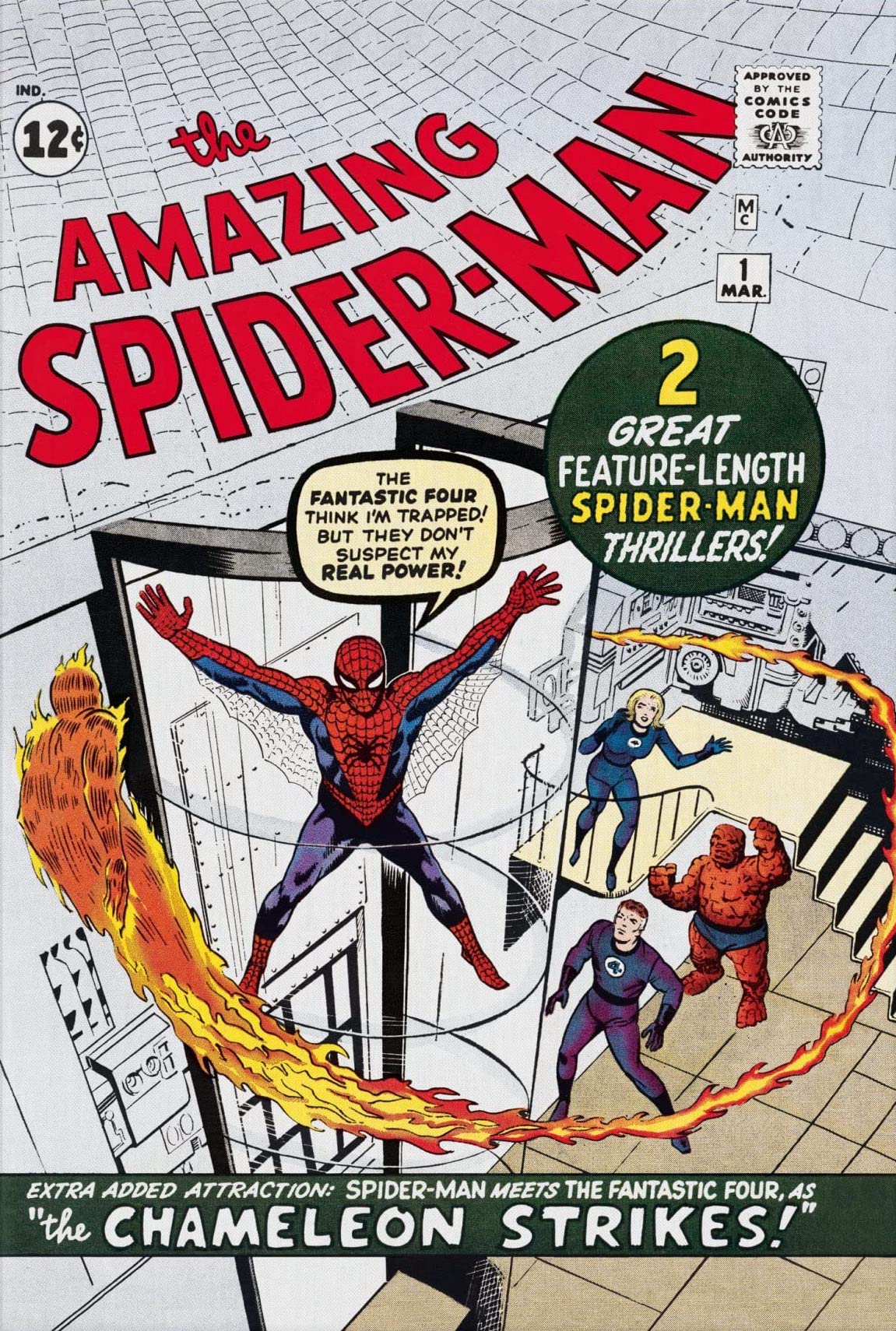
Source: The Marvel Comics Library Spider-Man Vol. 1 (1962-1964), TASCHEN
There are many collected editions of The Amazing Spider-Man, Ditko’s most famous work, but none as amazing as the newest edition by Taschen Books. The Marvel Comics Library is bigger than the Marvel Omnibus editions, printed on thick archival paper which is matte in nature rather than the glossy paper that most comics use.
The matte paper more finely replicates the original comic printing of newsprint, so the colors get a more traditional comic book feel to them. The images were photographed from pristine copies of the original books and retouched digitally rather than recolored, making the book unique from most reproductions.
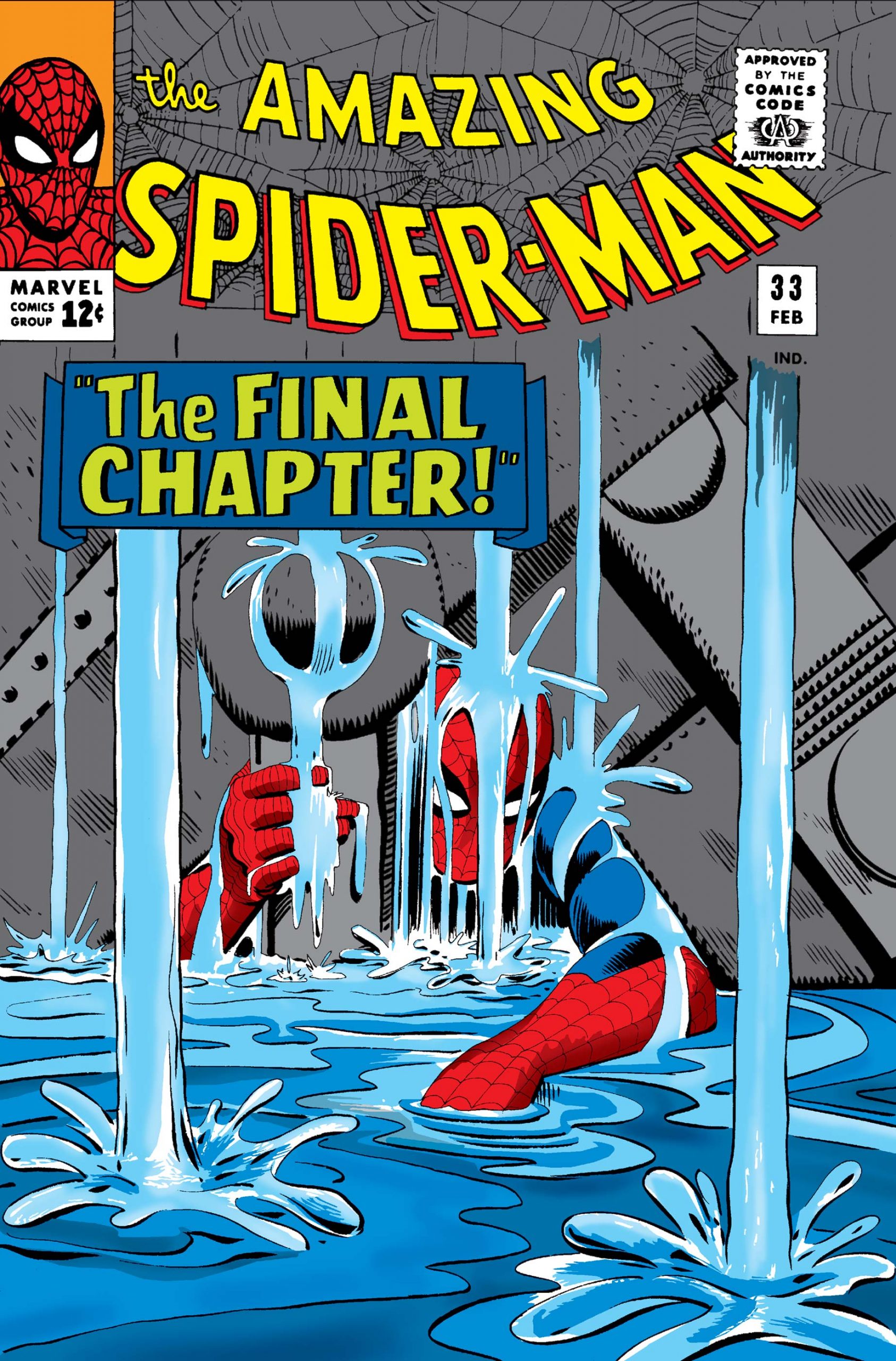
Source: The Amazing Spider-Man (1963) #33, Marvel Comics. Words by Stan Lee & Steve Ditko. Art by Steve Ditko
The Spider-Man stories of this era are timeless and have inspired comic book creators for decades. Though this edition is expensive with a $200 price point, it does the best honor to Ditko’s art possible.
What are your favorite Steve Ditko comics? Let us know in the comments down below!
NEXT: Steve Ditko Estate Files To Terminate Marvel Copyrights Over Spider-Man And Doctor Strange
More About:Comic Books Comic Culture
